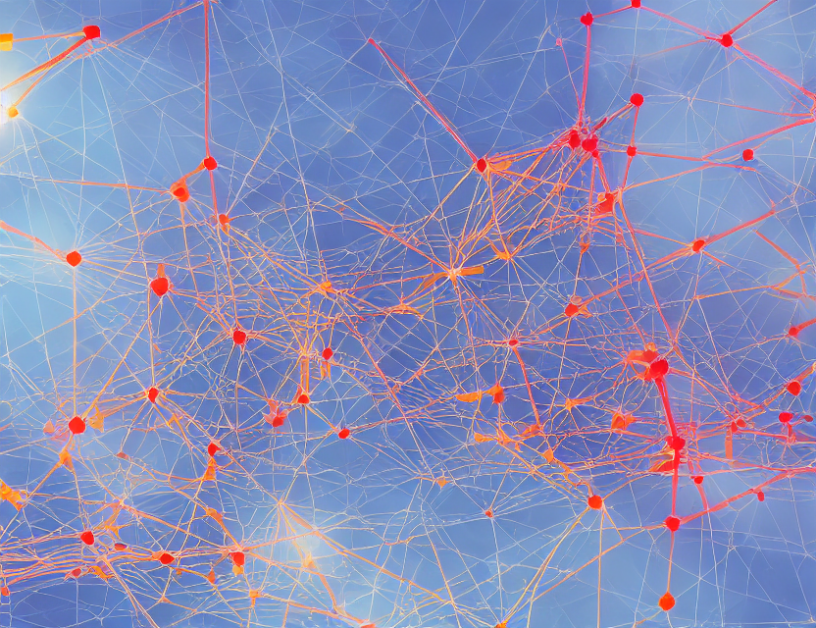Knowledge graphs (KGs) are collections of data that represent factual knowledge in a structured format, allowing machines to understand and reason with it. However, KGs are often incomplete, which limits their applications in various fields. To overcome this limitation, researchers have been working on developing techniques for knowledge map reasoning, which involves identifying and inferring missing information in KGs using the existing data. In this article, we will explore three key technologies that enable knowledge map reasoning: entity analysis, entity classification, and link prediction.
Entity Analysis
The first step in knowledge map reasoning is entity analysis, which involves identifying entities in the KG and categorizing them into different semantic categories. This process helps to group similar entities together, making it easier to reason with them. For instance, an entity analysis might identify a group of people as "celebrities" or "politicians."
Entity Classification
The next step is entity classification, which involves assigning semantic categories to each entity in the KG based on their relationships and attributes. This process helps to provide a more detailed understanding of each entity’s role in the graph. For example, an entity classifier might categorize a celebrity as "actor" or "model."
Link Prediction
The final step is link prediction, which involves identifying potential relationships between entities in the KG based on their attributes and context. This process helps to fill in missing links in the graph, allowing machines to better understand how different entities interact with each other. For instance, a link predictor might identify a potential relationship between two actors based on their mutual film projects.
Technologies for Knowledge Map Reasoning
Several technologies have been developed to support knowledge map reasoning, including graph convolution neural networks (GCNs) and attention mechanisms. GCNs are designed to handle large-scale KGs by learning node representations that capture their semantic information. Attention mechanisms help to focus on the most relevant nodes in the graph when making predictions, improving the accuracy of link prediction.
Applications of Knowledge Map Reasoning
Knowledge map reasoning has numerous applications across various industries, including search engines, question-answering systems, recommendation systems, and data integration tasks. By completing KGs using knowledge map reasoning techniques, machines can better understand the relationships between entities and provide more accurate results. For instance, a search engine that uses knowledge map reasoning to complete KGs might provide more relevant search results based on the user’s context.
Conclusion
In conclusion, knowledge graph reasoning is a powerful technique for completing incomplete KGs by using the existing data to identify and infer missing information. By demystifying complex concepts and using engaging metaphors or analogies, this article has shown how entity analysis, entity classification, and link prediction work together to provide a more comprehensive understanding of KGs. As machines continue to play a larger role in our lives, the importance of knowledge map reasoning will only grow, enabling them to better understand and interact with complex data sets like never before.



